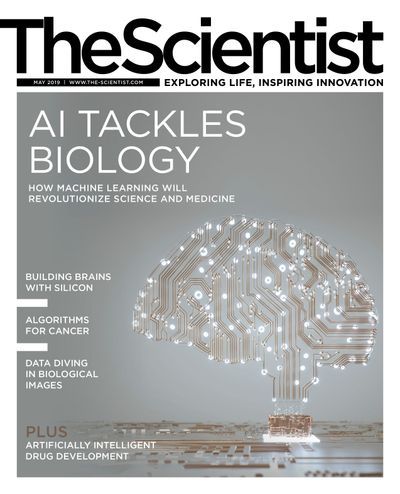ABOVE: MODIFIED FROM © ISTOCK.COM, Bannosuke
The term “artificial intelligence” dates back to the mid-1950s, when mathematician John McCarthy, widely recognized as the father of AI, used it to describe machines that do things people might call intelligent. He and Marvin Minsky, whose work was just as influential in the AI field, organized the Dartmouth Summer Research Project on Artificial Intelligence in 1956. A few years later, with McCarthy on the faculty, MIT founded its Artificial Intelligence Project, later the AI Lab. It merged with the Laboratory for Computer Science (LCS) in 2003 and was renamed the Computer Science and Artificial Intelligence Laboratory, or CSAIL.
Now a ubiquitous part of modern society, AI refers to any machine that is able to replicate human cognitive skills, such as problem solving. Over the second half of the 20th century, machine learning emerged as a powerful AI approach that allows computers to,...

| Artificial Intelligence | Machine Learning | Neural Networks | Deep Learning |
| An attribute of machines that embody a form of intelligence, rather than simply carrying out computations that are input by human users. | An approach to AI in which an algorithm learns to make predictions from data that is fed into the system. | A machine learning approach in which algorithms process signals via interconnected nodes called artificial neurons. | A form of machine learning that often uses a network with many layers of computation—a deep neural network—enabling an algorithm to powerfully analyze the input data. |
| Early applications of AI included machines that could play games such as checkers and chess and programs that could analyze and reproduce language. | From personalized news feeds to traffic prediction maps, most people in developed countries use machine learning–based technologies every day. | Because they mimic the architecture of biological nervous systems, artificial neural networks are the obvious method of choice for modeling the brain. | Deep neural networks are responsible for self-driving vehicles, which learn to recognize traffic signs, as well as for voice-controlled virtual assistants. |
Interested in reading more?







